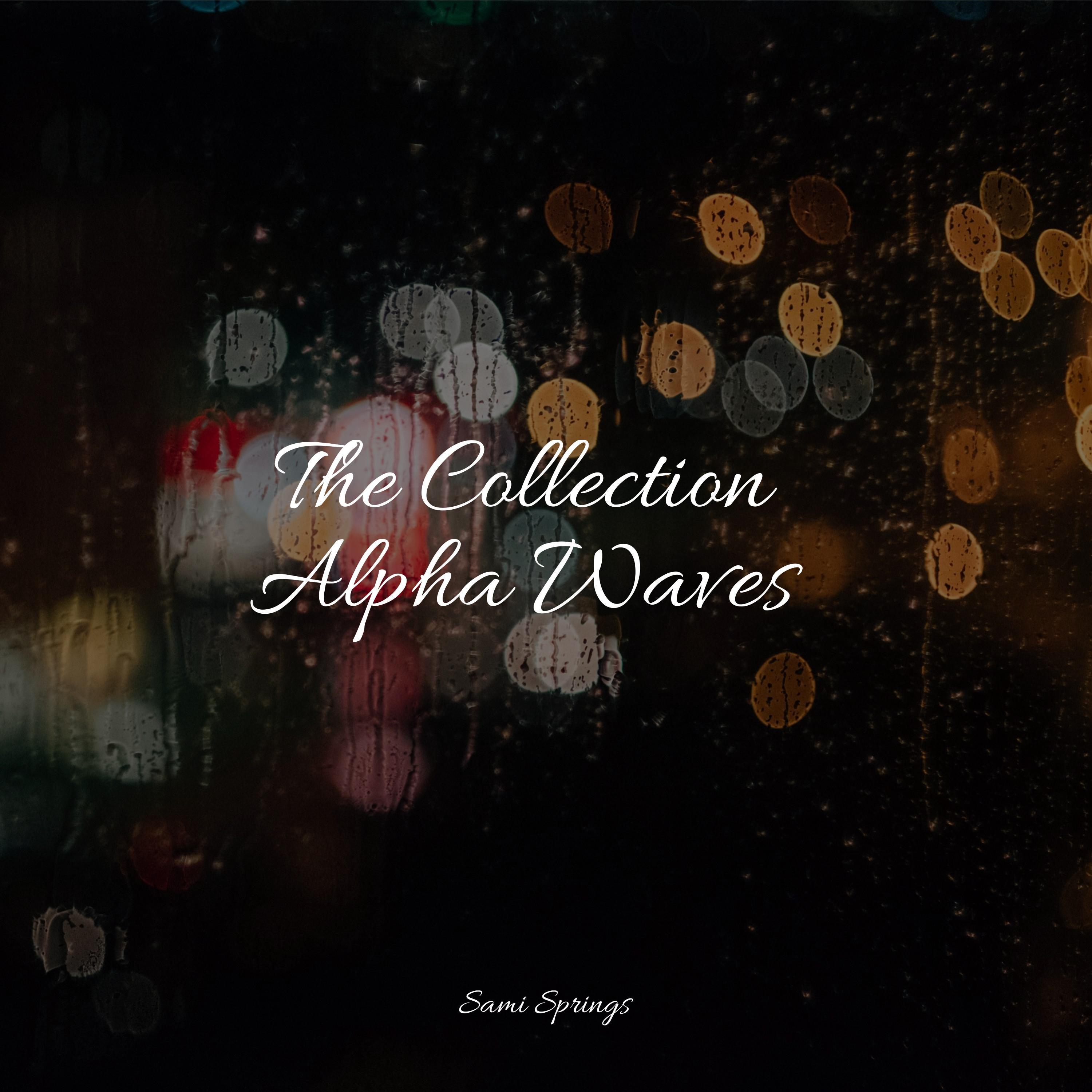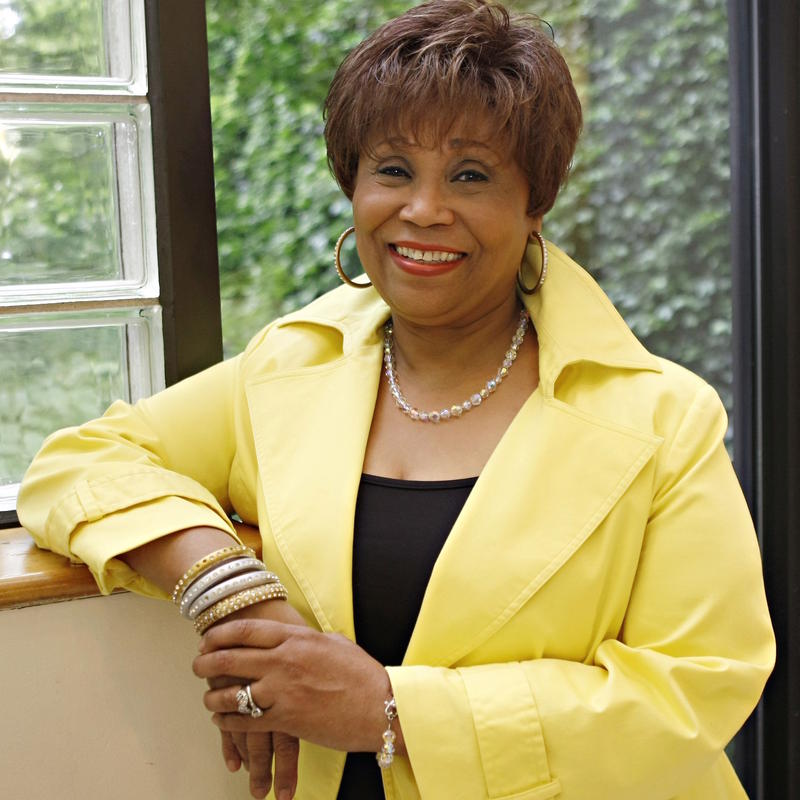

Brazilian families who spent quality time interacting musically with their children at home found that their children were more ready for music and school based learning (Ilari et al.

The quality, however, of music programs has been correlated with teacher and parent attitudes towards music. In Kenya, music has been found to be useful in bridging curricular themes (Andang’o 2012) and the model of the Musikkindergarten in Berlin as ‘‘education through music’’ has also been suc- cessful in integrating the arts with early education (Uibel 2012). New Zealand’s early childhood programs have successfully integrated songs as a tool for language and numeracy literacy (Trinick 2012) and in Israel music in early childhood education has been used to increase literacy in reading (Gluschankof and Kenney 2011). In addition, music is not only used for its own aesthetic value, but to integrate into other areas of the curriculum. Activities such as singing, playing instruments, movement, listening and creating music are especially important to musical learning (Cooper 2011 Kenney 2011). Music is accepted as an important ‘‘building block’’ in early childhood curriculum (Fehr 2011) and musical experiences in the early years are valued for both aesthetic and cognitive merit (Bresler 2002). The majority of Reggio-inspired schools are still limited to the visual arts. These examples demonstrating the incorporation of music in Reggio-based curricula, however, are relatively new and rare. Finally, in the town of Reggio Emilia, schools have been experimenting with projects such as ‘‘Between Sound and Music’’ which focus on using musical instruments with children (Reggio Children 2009 The International Center for the Defense and Promotion of the Rights and Potentials of All Children in Reggio Emilia, Italy). In Melbourne, Australia music was integrated successfully through musical ‘‘learning stories’’ in which the children were the protagonists in each story (Acker and Nyland 2012). Bond (2012) observed how music was used in three North American preschools and found that music projects, taught in similar ways to Reggio projects, were excellent additions to these schools. Smith (2011) observed the use of music in a North American Reggio preschool and determined music to be successfully incorporated into the approach. Ferris and Nyland (2011) believe that music used in the Reggio approach can foster citizenship in unique and appropriate ways. O’Hagin (2011) describes how a music atelier (a large area richly furnished with carefully selected and deliberately placed materials for problem-solving and discovery-making in music) could be created in a Reggio inspired setting. This may lead music educators to wonder, why visual art and not music? Early childhood music educator Andress (1998) first asked the question, ‘‘Where’s the music in Reggio Emilia?’’ (p.14) and argues that music would be a perfect fit for the approach. Visual arts are a central and accepted aspect of the Reggio approach. Finally, there is a discussion of how music learning techniques, materials, and documentation might be used in the development of music-based ateliers. A case will be made that those teachers who understand aspects of visual art can expand the art atelier to include music learning experiences. The purpose of the atelier and atelierista is discussed and the important role that artistic languages play in the Reggio approach. A brief review of early childhood music practices and ‘‘musical play’’ will be followed by an examination of how the philosophical foundations of the Reggio approach align with the idea of musical play. This blog outlines how the Reggio-inspired atelier (art studio) might be expanded for music-based learning. Commonalities between visual art and music are discussed, as well as the use of music learning techniques, materials, and documentation for the music atelier. I think it is important to explore how a Reggio-inspired atelier (art studio) can be expanded to include music. While all of the arts (visual, music, dance, drama) are considered equally important in Reggio schools, the visual arts have been particularly central in the development of the approach. The Reggio Emilia approach is based on the idea that every child has at least, ‘‘one hundred languages’’ available for expressing perspectives of the world, and one of those languages is music.


 0 kommentar(er)
0 kommentar(er)
